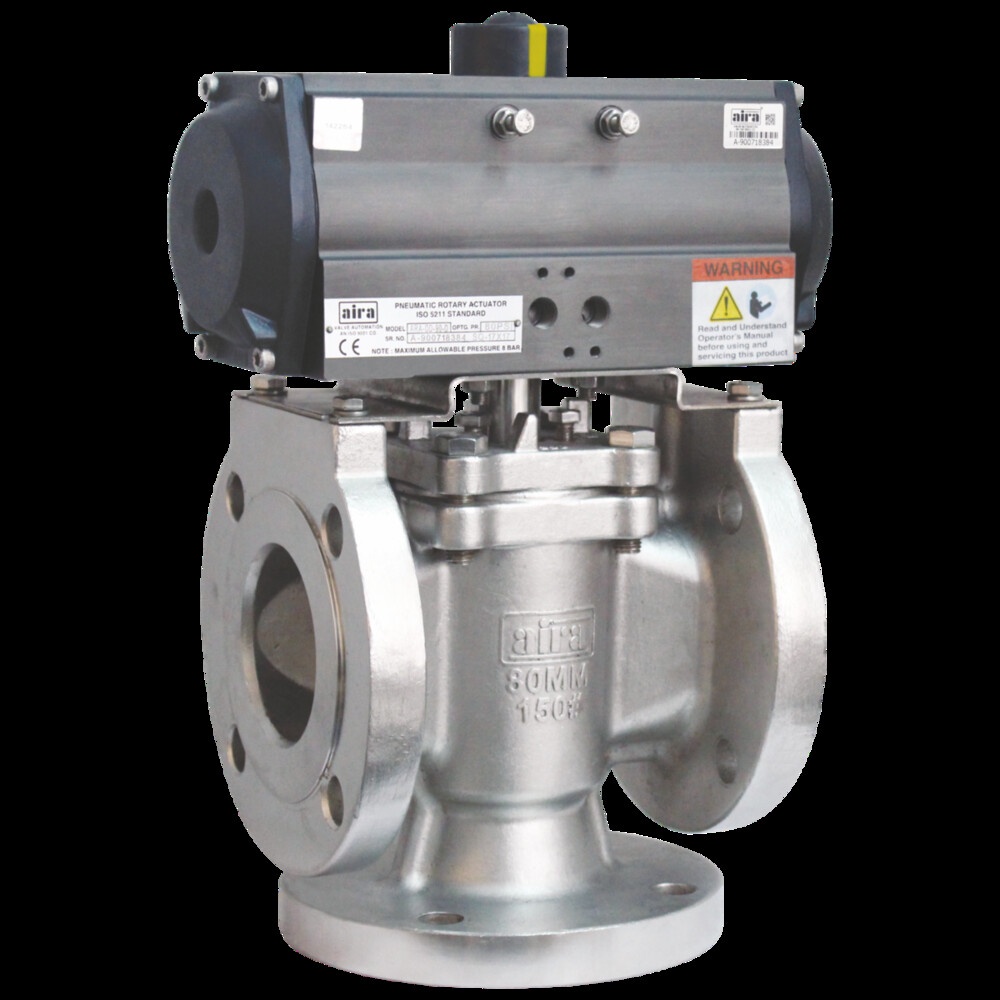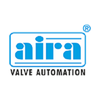Plug valves are essential components in industrial applications, providing reliable flow control in various systems. Understanding their functionality, types, applications, and maintenance is crucial for optimizing their performance and ensuring operational efficiency.
Introduction to Plug Valves
Plug valves are mechanisms used to control the flow of liquids or gasses by utilizing a cylindrical or tapered plug with a through hole, which can be rotated within the valve body to allow, block, or throttle the flow. These valves are widely employed in industries such as oil and gas, petrochemicals, water treatment, and manufacturing.
History of Plug Valves
The concept of plug valves dates back to the 19th century when they were initially developed for controlling the flow of water and steam in boilers and pipelines. Over the years, advancements in materials and design have led to the evolution of plug valves into highly efficient and versatile components.
Types of Plug Valves
Lubricated Plug Valves
Lubricated plug valves feature a lubricant injection system that helps reduce friction between the plug and the valve body, ensuring smooth operation even under high-pressure conditions. These valves are suitable for applications where tight shut-off and minimal leakage are critical.
Non-Lubricated Plug Valves
Non-lubricated plug valves eliminate the need for external lubrication by utilizing materials such as Teflon or elastomers to reduce friction and wear between the plug and the valve body. They are preferred in applications where contamination from lubricants is a concern or when maintenance-free operation is desired.
Sleeved Plug Valves
Sleeved plug valves employ a flexible sleeve or lining made of materials such as rubber or PTFE, which provides a tight seal between the plug and the valve body. These valves offer excellent corrosion resistance and are commonly used in abrasive or corrosive environments.
Working Principle of Plug Valves
The working principle of plug valves involves rotating the plug within the valve body to either allow or obstruct the flow of fluid through the hole. When the plug is in the open position, the flow path is unrestricted, whereas rotating the plug to the closed position blocks the flow completely.
Applications of Plug Valves
A plug valve finds applications in a wide range of industries, including oil and gas production, refining, chemical processing, water distribution, and power generation. They are commonly used for on/off isolation, throttling, and diverting applications in pipelines and process systems.
Advantages of Plug Valves
- Simple design and construction
- Quick operation and reliable shut-off
- Suitable for handling a variety of fluids, including corrosive and abrasive media
- Minimal pressure drop across the valve
- Versatile in terms of installation orientation
Disadvantages of Plug Valves
- Limited throttling capabilities compared to other valve types
- Susceptible to wear and erosion in high-velocity applications
- Potential for leakage if not properly maintained
- Higher initial cost compared to some other valve types
Maintenance of Plug Valves
Proper maintenance is essential for ensuring the longevity and performance of plug valves. This includes regular inspection, lubrication (for lubricated valves), and replacement of worn or damaged components. Following manufacturer recommendations and guidelines is crucial for effective maintenance practices.
Selection Criteria for Plug Valves
When selecting plug valves for specific applications, factors such as operating conditions, fluid characteristics, pressure and temperature requirements, size, material compatibility, and industry standards must be considered. Consulting with valve manufacturers or industry experts can help in making informed decisions.
Future Trends in Plug Valve Technology
The future of plug valve technology is likely to focus on innovations aimed at enhancing performance, reliability, and environmental sustainability. This may include the development of advanced materials, improved sealing technologies, and integration with digital control and monitoring systems.
Conclusion
Plug valves play a vital role in controlling the flow of fluids in various industrial processes, offering simplicity, reliability, and versatility. Understanding the different types, working principles, applications, and maintenance requirements is essential for maximizing their efficiency and ensuring safe operation.


No comments yet